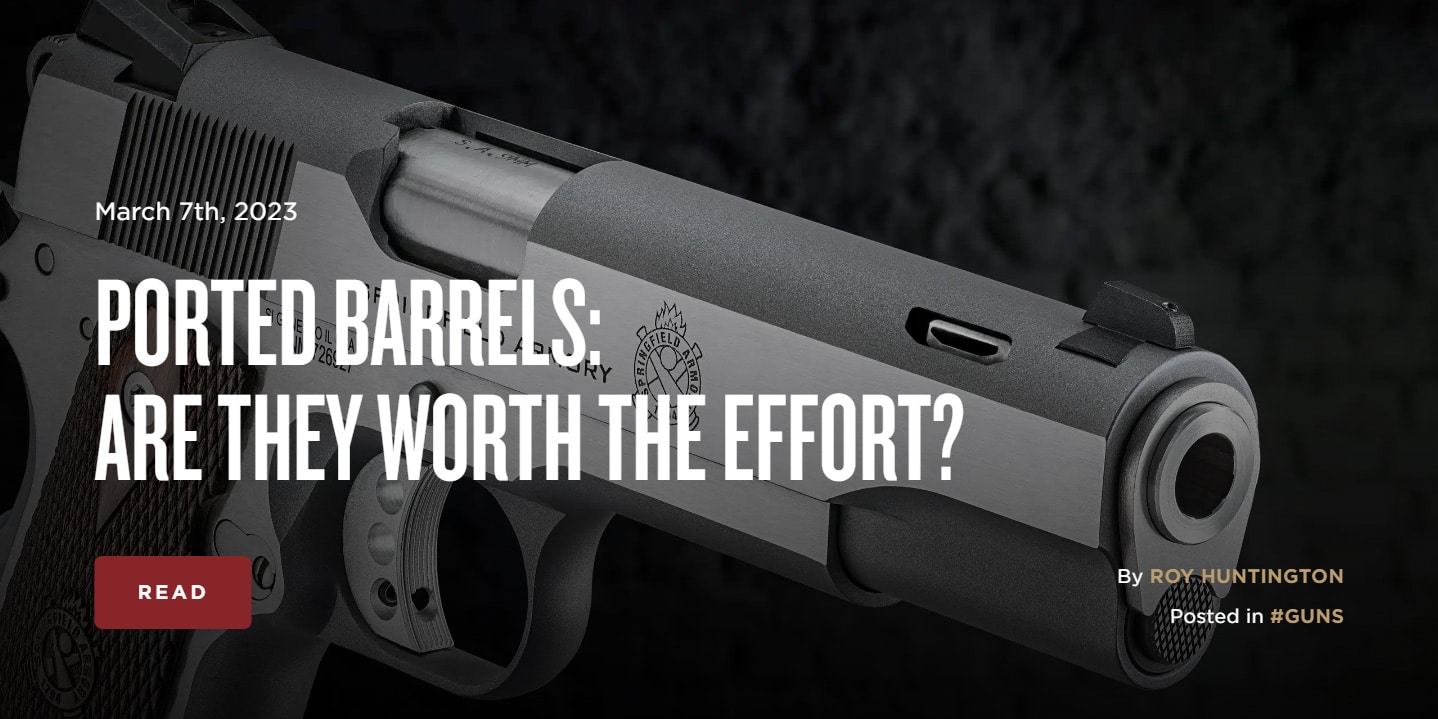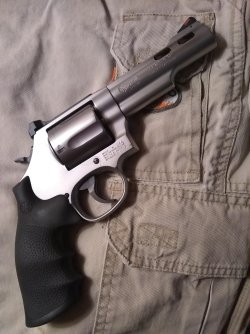P
Pro Digy
Guest
+3dB is x2, +10dB is x10, +20dB is x100 That's why a lot of the vibe and vibro-acoustic tests are done at -3dB, nominal and +3dB Power DensityWell done. One note. From my college physics 125 class I remember that the loudness/volume/SPL doubles every increase of 10dB. Now from a power standpoint, it takes 10 times the power (all things being equal) to achieve double the SPL. So, hypothetically, if you achieved 80db with a 10 watt amplifier, you would need to increase the volume 10 dB to 90dB (which would also be twice as loud). An increase of 3dB is called just noticeable difference, or JNB. 6dB is considered a significant increase. I bring this up because you noted an increase in some cases from 105dB to 108-110dB. If my memory serves we well (up to debate) that would mean that scientifically, a port can make a difference that is either "just noticeable" or significant. However, the only time this would really matter is if you were shooting without hearing protection.
It does seem that the increase in SPL from the blast would represent some loss in "power." However, your test results seem to negate that.
Last edited by a moderator:


